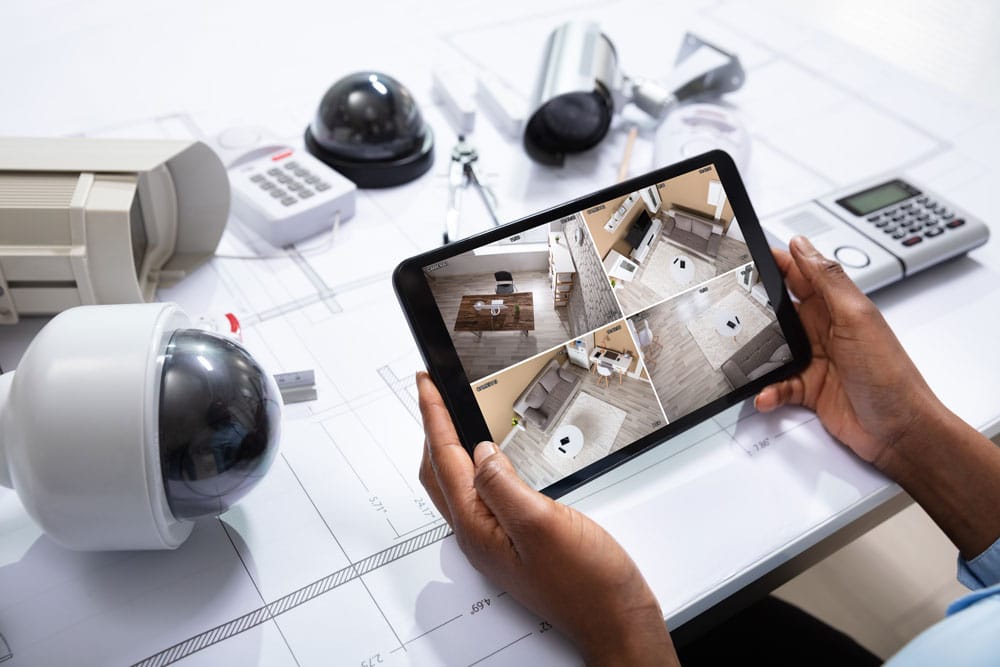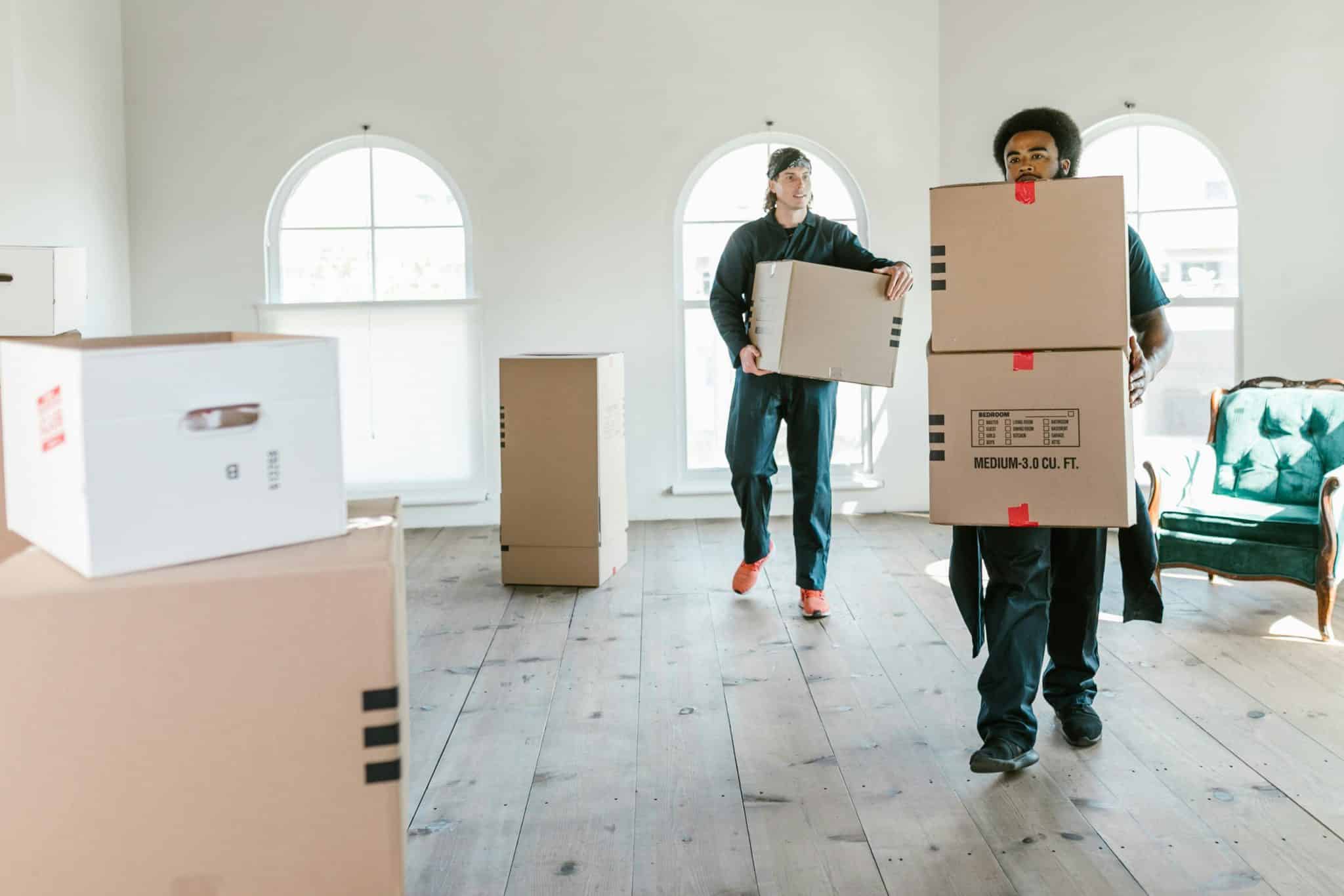Home security subscriptions promise 24/7 protection, smart features, and cloud video—but do they actually make your home safer, or are they just another monthly fee to worry about? In this guide, we break down whether a subscription is worth the investment, who it benefits most, and what you might be missing if you skip it.
A home security subscription is a paid service that adds features to your security system—usually things like cloud video storage, advanced mobile app access, smart integrations, and professional monitoring. These subscriptions range from about $6 to $30 a month depending on the provider.
Without a subscription, most systems still function as alarms, but your ability to review footage, contact emergency services, or automate home tasks is often limited.
What Do You Get With a Subscription?
Here are some of the most common benefits that come with a home security subscription:
- Professional monitoring: Emergency responders are dispatched automatically if a threat is detected.
- Cloud storage: Record and review security footage, often with access to several days or months of video history.
- Smart home integrations: Use Alexa, Google Assistant, or Apple HomeKit to control your devices.
- Cellular backup: Your system can still send alerts during internet outages.
- AI features: Person detection, facial recognition, and package alerts.
Who Should Consider a Paid Plan?
Paying for a subscription makes the most sense if:
- You travel often or are away from home most of the day.
- You want an extra layer of protection without relying on your phone.
- You have kids, pets, or elderly relatives who may need emergency help.
- You use your system for more than just break-in detection—like watching deliveries or automating lights.
Who Can Skip It?
You might be fine without a subscription if:
- You’re home most of the time and can self-monitor.
- You’re on a tight budget and need to prioritize upfront equipment cost.
- You don’t need cloud video or smart integrations.
Many no-subscription systems still offer app alerts, live feeds, and sirens. Some even allow you to set up automations or use local storage for free.
DIY vs. Subscription: What’s the Difference?
The biggest difference between DIY systems and subscription-based plans comes down to how much control and responsibility you want—and what features you’re willing to pay for. Here’s how they compare:
- Emergency Dispatch
- With Subscription: A professional monitoring team will contact emergency services if your alarm is triggered—even if you miss the alert.
- Without Subscription: You’ll need to call 911 yourself after getting an alert from your system.
- Cloud Video Storage
- With Subscription: Most systems save video footage to the cloud for 7 to 60 days, so you can review incidents later.
- Without Subscription: You often lose access to saved video unless the system offers free local storage.
- App Control
- With Subscription: Full mobile access, including real-time alerts, control over devices, and full-featured settings.
- Without Subscription: Many systems still offer live view and basic controls, but features like activity zones or AI detection may be disabled.
- Smart Home Integration
- With Subscription: Seamless connection with Alexa, Google Assistant, or Apple HomeKit to automate lights, locks, and more.
- Without Subscription: Integration may be blocked or limited unless you upgrade.
- Live Streaming
- With Subscription: Always available.
- Without Subscription: Still typically available on most systems, but limited to real-time only—no past footage.
- Local Storage
- With Subscription: Sometimes included as a backup.
- Without Subscription: Often your only free way to record and review footage, if the system supports it.
Choosing between the two options is about weighing cost versus convenience. Subscriptions offer hands-off peace of mind, while DIY setups put you in full control.
Real Talk: Are the Subscriptions Worth It?
Here’s the reality—most people don’t realize how much value they’re getting from professional monitoring until they need it. That middle-of-the-night alert when you’re out of town? It’s hard to beat having someone else handle it for you.
Still, there are downsides:
- You may end up paying for features you rarely use.
- Many companies gate essential tools like person detection behind a paywall.
- Subscription creep: Add cloud storage here, monitoring there—and suddenly you’re spending $30+ a month.
If you’re tech-savvy and present at home most of the time, a no-subscription setup could be all you need.
Best Subscription-Free Security Systems
If you’re leaning away from subscriptions, check out these top performers:
- SimpliSafe: Works well without a subscription, easy to install.
- Ring Alarm: Limited features without a plan, but live video is still accessible.
- Arlo: Great cameras with local storage; some AI features require payment.
- abode: Strong smart home integrations; app access is free, but automation engine requires a plan.
You can read in-depth comparison reviews of subscription-free security systems at Safewise.com.
Frequently Asked Questions
Do home security systems work without a subscription?
Yes. Many systems allow self-monitoring with live video and alerts. However, features like cloud storage and emergency dispatch often require a paid plan.
Is professional monitoring necessary?
Not always. It depends on your comfort level with responding to emergencies and how often you’re home. For added peace of mind, monitoring can be worth it.
Can I get free video storage?
Some systems like Arlo offer limited local or cloud storage without fees. However, most brands reserve extended storage for paid plans.
Are security subscriptions tax deductible?
Sometimes. If you work from home or use the system for business purposes, you may qualify. Check with a tax professional for details.
Final Take: Subscription or No Subscription?
If security and convenience are priorities—and you have the budget—go with a subscription. Professional monitoring, smart integrations, and stored footage add real value.
But if you’re comfortable handling alerts yourself and don’t mind fewer features, a subscription-free system can still keep your home safe.
Either way, your security system is only as good as how you use it. So whether you go DIY or pay monthly, the key is to set it up correctly, test it regularly, and know your options.








